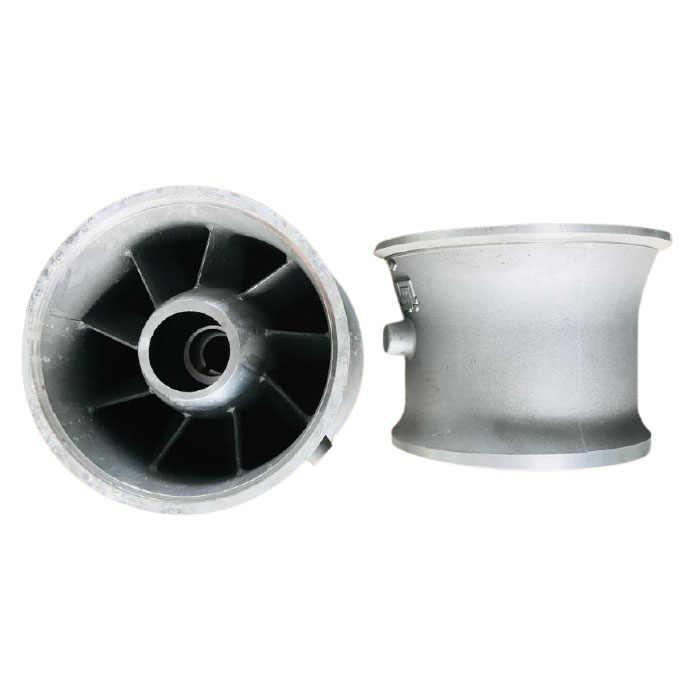

Aluminum casting is the process of introducing molten aluminum into a cavity to create a part. Aluminum and many of its alloys have relatively low melting points and low viscosity when molten, yet cool to form strong, rigid solids. A variety of casting processes make use of these properties by forming a heat-proof cavity (in one or two parts), into which molten aluminum is poured. The metal then cools and solidifies, taking on the shape of the cavity it has filled. The cavities used for this vary in material and construction, and the processes have various names.
Why Is Aluminum Casting Important?
Aluminum casting is perhaps the most important cluster of technologies and methods in the aluminum product supply chain. Human technology development has gone through seismic shifts over millennia. The bronze age societies were eventually supplanted by those utilizing iron. In turn, iron gave way to steel in the 19th century and steel began to give ground to aluminum in the 1940s. Aluminum is the third most common element in the earth's crust. It’s easy to find its salts in high concentrations—and with energy available, it is straightforward to refine. Aluminum is the key to most areas of technology and aluminum casting is one of the key processes that bring the material into mainstream use and appreciation. The ability to produce net shape-finished parts of high precision, low weight, and moderate strength empowers every manufacturing sector.
Types of Aluminum Casting
Sand Casting: Involves creating a mold from a sand mixture and then pouring molten aluminum into the mold. It's suitable for low to medium production volumes and can accommodate large part sizes.
Die Casting: Utilizes high-pressure to force molten aluminum into a steel mold (die). It's ideal for high-volume production and produces parts with excellent dimensional accuracy and smooth finishes.
Permanent Mold Casting: Uses a reusable mold, typically made from steel or iron. This method is more costly but provides better surface finish and mechanical properties than sand casting.
Investment Casting: Also known as lost-wax casting, this process involves creating a wax model, coating it with ceramic to form a mold, and then melting the wax away. Molten aluminum is poured into the ceramic mold. It is suitable for complex, high-precision parts.
Centrifugal Casting: Involves pouring molten aluminum into a rotating mold, causing the metal to distribute evenly around the mold cavity due to centrifugal force. It is often used for cylindrical parts.
Applications of Aluminum Casting
Automotive Industry: Engine blocks, cylinder heads, transmission housings, and other critical components.
Aerospace: Aircraft frames, engine components, and other parts that require a combination of strength and lightweight properties.
Consumer Electronics: Housings for laptops, smartphones, and other devices.
Construction: Window frames, structural components, and decorative features.
Industrial Equipment: Machinery parts, pumps, and compressors.
Conclusion
Aluminum casting plays a crucial role in modern manufacturing, providing a versatile and efficient means of producing high-quality aluminum parts. Its significance is underscored by aluminum's pervasive use across various industries, driven by its desirable properties such as low weight, high strength, and corrosion resistance. Understanding the various types of aluminum casting processes and their applications helps in selecting the right method for specific manufacturing needs, ultimately contributing to technological advancements and industrial growth.
